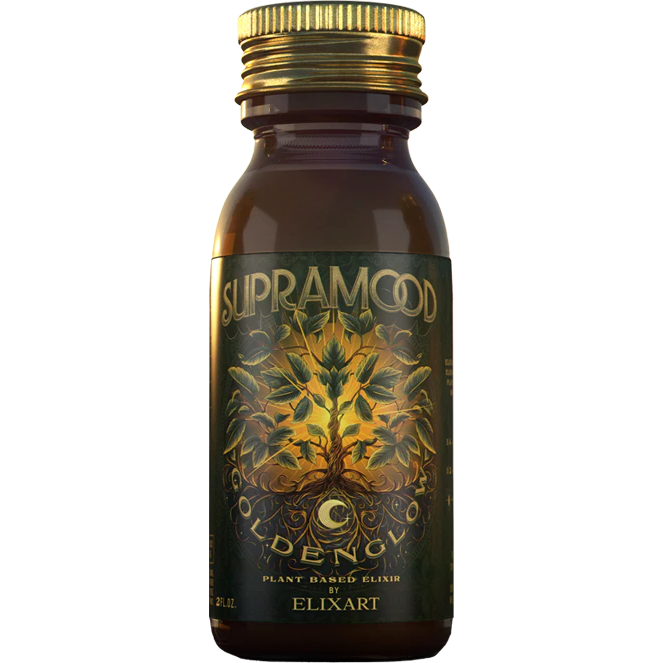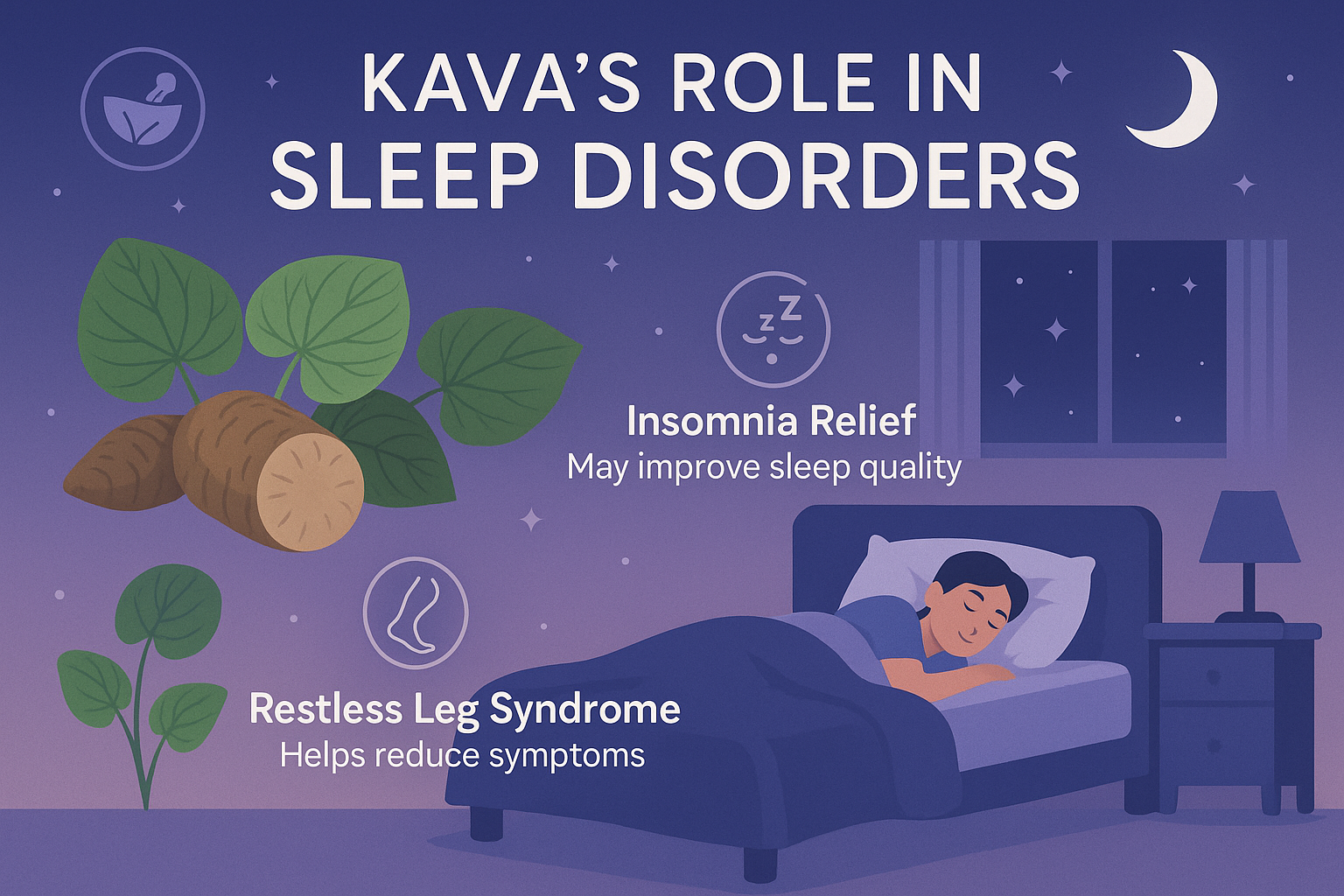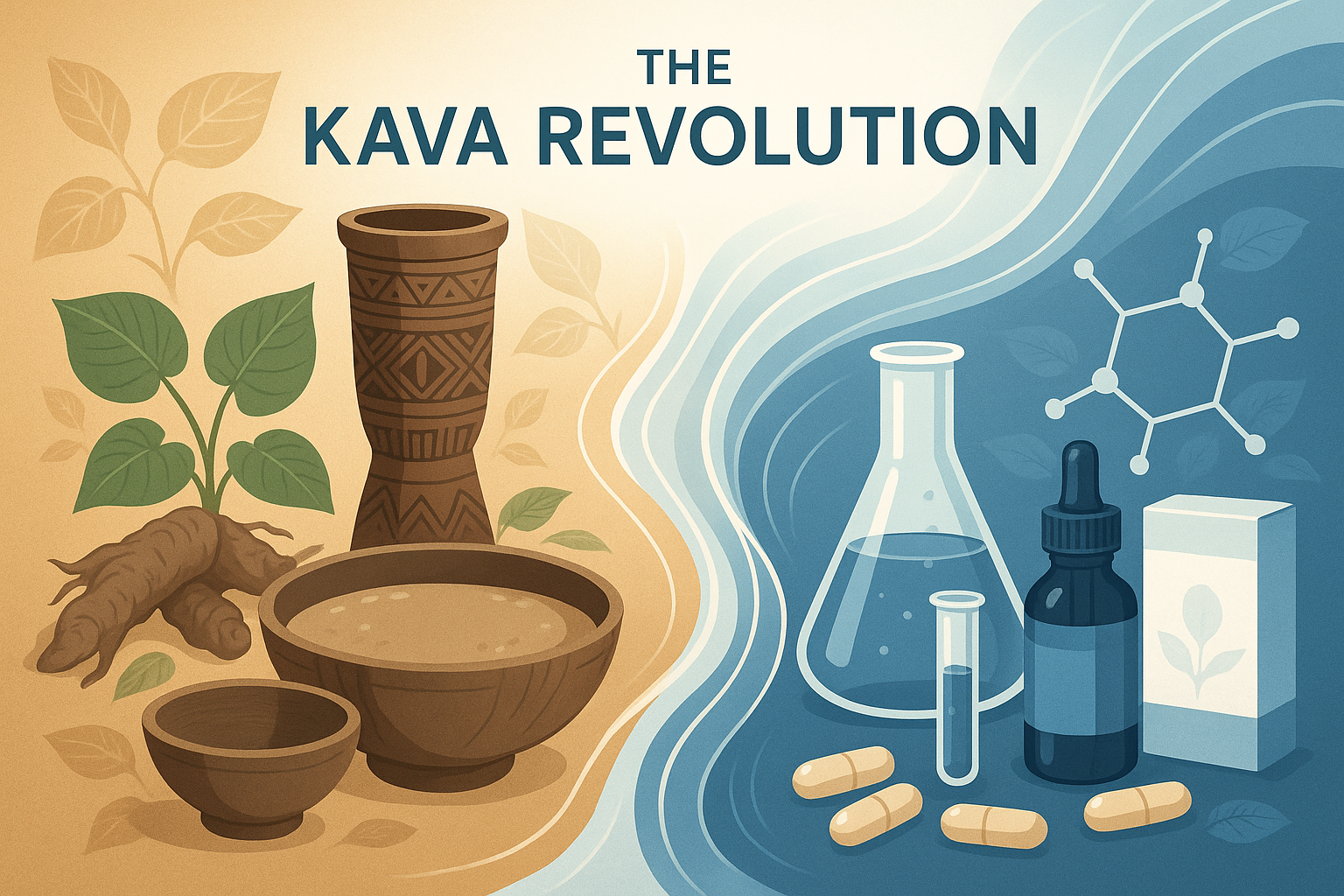Imagine wrapping up an intense workout, muscles throbbing and mind racing, then reaching for a calming cup of kava instead of the usual protein shake. This is the emerging trend among athletes aiming to enhance their recovery while reducing stress. Kava, a traditional beverage from the Pacific Islands, is gaining traction for its potential to ease muscle tension and promote relaxation post-exercise.
The Science Behind Kava and Muscle Recovery
Kava, a traditional beverage made from the roots of the kava plant, has gained traction in the fitness community. But why? What makes kava such a popular choice for muscle recovery? The answer lies in its unique properties and how it interacts with the nervous system.
Understanding How Kava Works on the Nervous System
At the heart of kava's effects are its active ingredients, known as kavalactones. These compounds have a profound impact on the brain, particularly on the GABA receptors. But what does this mean for muscle recovery?
-
Relaxation: Kavalactones promote relaxation. They help calm the nervous system, which can be particularly beneficial after intense workouts.
-
Stress Reduction: By influencing GABA receptors, kava may reduce anxiety and stress levels. This is crucial for athletes who often face mental and physical stress.
Dr. Emily Harrison notes,
'Kava provides an intriguing alternative for athletes looking for natural stress relief.'
This statement highlights kava's potential as a natural remedy for post-exercise tension.
Research Studies Highlighting Kava's Efficacy in Muscle Tension Relief
Numerous studies have explored the effects of kava on muscle tension and recovery. One significant finding is its ability to alleviate Delayed Onset Muscle Soreness (DOMS). DOMS often occurs after strenuous exercise, leading to discomfort and stiffness. Research indicates that kava can play a role in reducing this soreness.
-
Muscle Soreness Ratings: Some studies have shown that kava can decrease muscle soreness ratings by up to 36%.
-
Enhanced Recovery: By alleviating muscle tension, kava aids in quicker recovery times, allowing athletes to return to their routines sooner.
These findings suggest that kava is not just a relaxation aid; it can actively contribute to the recovery process after workouts.
The Role of Kavalactones in Enhancing Recovery
Kavalactones are the star players in kava's role in muscle recovery. They do not only promote relaxation but also help in regulating cortisol levels. Cortisol is a stress hormone that, when elevated, can hinder recovery and lead to fatigue.
By potentially lowering cortisol levels, kavalactones may help athletes manage stress better. This is particularly important for those who engage in regular high-intensity training. Stress can lead to muscle tension, impacting performance negatively.
Incorporating kava into a post-workout routine could be beneficial. For instance, a product like the Supramood GoldenGlow Elixir offers a convenient way to enjoy the benefits of kava while supporting overall wellness.
Conclusion
Kava's ability to calm the nervous system may make it an effective recovery tool post-exercise. Studies have indicated its potential to alleviate muscle tension and enhance recovery. As athletes look for natural ways to reduce stress and improve their performance, kava stands out as a compelling option.
For those interested in exploring kava further, consider checking out additional resources like this study or this article on the benefits of kava in sports recovery.
Creating a Relaxation Ritual with Kava
In the world of fitness, recovery is just as important as the workout itself. Athletes often seek ways to enhance their recovery process. One such method is the use of kava. This traditional beverage has gained popularity for its relaxing properties. But how can it fit into a post-workout routine?
Ideal Timing for Kava Consumption After Workouts
Timing is everything. Consuming kava after a workout can be particularly beneficial. Why? Because it helps ease muscle tension and reduces post-exercise stress. It’s like giving your body a gentle hug after it has worked so hard.
After an intense workout, muscles can feel tight and fatigued. Kava can help release that tension. It promotes relaxation and a sense of calm. This is crucial for athletes who push their limits regularly. They need to recover effectively to perform well again.
Fitness coach James Turner emphasizes this point:
'Finding the right time and dose for kava can change an athlete's recovery game.'
By making kava part of their post-workout routine, athletes can significantly improve their recovery mindset.
Suggestions for Kava Dosages Tailored to Individual Needs
Not all athletes are the same. Therefore, kava dosages should be tailored to individual needs. The recommended doses range from 100-300mg of kava extract. This variation depends on personal tolerance levels. Some may find that a lower dose works best, while others might need a bit more to feel the effects.
-
Start low: If someone is new to kava, starting with a lower dose is wise. This helps gauge how their body reacts.
-
Adjust as needed: After a few sessions, they can adjust the dosage based on their experience.
-
Listen to the body: Everyone's body responds differently, so it's crucial to pay attention to how they feel.
Incorporating kava into a recovery routine can be a game-changer. But it’s essential to find the right balance. Too much kava can lead to unwanted side effects, while too little may not provide the desired relaxation.
Incorporating Other Relaxation Techniques Alongside Kava
Kava is not the only tool in the relaxation toolbox. Combining it with other techniques can enhance its effectiveness. Here are some methods to consider:
-
Meditation: Taking a few moments to meditate can help clear the mind and enhance relaxation.
-
Breathing exercises: Deep, controlled breathing can complement the calming effects of kava.
-
Gentle stretching: This helps release muscle tension and promotes overall relaxation.
Creating a personal kava ritual can significantly enhance the mind-body connection post-exercise. It’s about finding what works best for each individual. By combining kava with other relaxation techniques, athletes can create a well-rounded recovery routine.
Conclusion
Incorporating kava into a post-workout ritual not only aids in muscle recovery but also supports mental well-being. It’s essential to consider timing and dosage carefully. For those interested in exploring kava, products like the Supramood GoldenGlow Elixir can offer a convenient option.
As with any supplement, it’s important to do research and understand how kava interacts with the body. For athletes, it is crucial to avoid misuse in sports contexts. This ensures they can reap the benefits without compromising their performance.
In summary, kava can be a valuable addition to an athlete's recovery routine. By using it wisely and in conjunction with other relaxation techniques, they can enhance their overall recovery experience.
Navigating the Risks of Kava Usage in Sports
Kava is gaining attention in the fitness community. Many athletes are exploring its potential benefits. But with any supplement, there are risks involved. Understanding these risks is crucial for anyone looking to integrate kava into their routine. This article will delve into the potential side effects of kava consumption, best practices for its use, and how to differentiate between responsible use and abuse.
Understanding Potential Side Effects of Kava Consumption
Kava is known for its calming effects. However, it can also have side effects. Some common side effects include:
-
Drowsiness
-
Headaches
-
Gastrointestinal issues
-
Skin changes
While instances of kava-related liver toxicity are extremely rare, they should not be overlooked. Athletes must be aware that their bodies are under constant stress. Adding a new supplement can sometimes lead to unexpected reactions. For example, kava can interact with other medications, leading to complications.
Best Practices to Avoid Misuse While Integrating Kava
Using kava responsibly is essential. Here are some best practices to consider:
-
Start with a low dose: Always begin with a smaller amount. This helps gauge how your body reacts.
-
Choose high-quality sources: Ensure you are sourcing kava from reputable suppliers. This reduces the risk of impurities.
-
Consult with a healthcare professional: Before starting any new supplement, it’s wise to discuss it with a doctor, especially if you have existing health conditions.
-
Monitor your body's response: Pay attention to how kava affects your performance and recovery. Adjust your intake accordingly.
By following these guidelines, athletes can enjoy the benefits of kava while minimizing risks. Education is key. As nutritionist Lucy Green emphasizes,
“Education on kava’s risks and benefits is essential for athletes' well-being.”
Differentiating Responsible Use Versus Abuse of Kava
It’s important to distinguish between responsible use and abuse of kava. Responsible use means integrating kava into a balanced lifestyle. It should complement a well-rounded diet and proper training. On the other hand, abuse occurs when kava is used excessively or as a crutch for performance or recovery.
Some signs of kava abuse may include:
-
Increased tolerance, requiring higher doses to achieve the same effects
-
Using kava to cope with stress or anxiety instead of addressing the root causes
-
Neglecting other recovery methods in favor of kava
Recognizing these signs is crucial for maintaining a healthy relationship with kava. Athletes should remain vigilant and self-aware. This ensures that kava is a tool for enhancement, not a hindrance.
Legal Status and Safety Considerations
Athletes should also be aware of the legal status of kava in their sport. Various sports organizations have differing regulations regarding its use. Always check the rules to avoid penalties. Additionally, educating oneself about safe kava sources will prevent potential health risks. The quality and purity of kava can significantly impact its effects.
For those interested in high-quality kava products, consider exploring options like the Supramood Goldenglow Elixir. This product is designed to support relaxation and recovery, making it a great addition for athletes.
Conclusion
While kava can be beneficial, athletes must remain informed about its proper use and possible risks. Understanding the potential side effects, adhering to best practices, and recognizing the difference between responsible use and abuse is essential. Education is the first step towards safe and effective kava consumption. As athletes navigate their fitness journeys, they should prioritize their health and well-being, ensuring that kava serves as a supportive ally rather than a risk.
For further reading on kava and fitness recovery, consider resources that delve into the science behind kava, its effects on muscle tension, and best practices for safe usage. Remember, knowledge is power in the pursuit of athletic excellence.
TL;DR: Kava offers a natural approach to easing muscle tension and post-workout stress, promoting recovery for athletes without the drawbacks of misuse.







Leave a comment
This site is protected by hCaptcha and the hCaptcha Privacy Policy and Terms of Service apply.